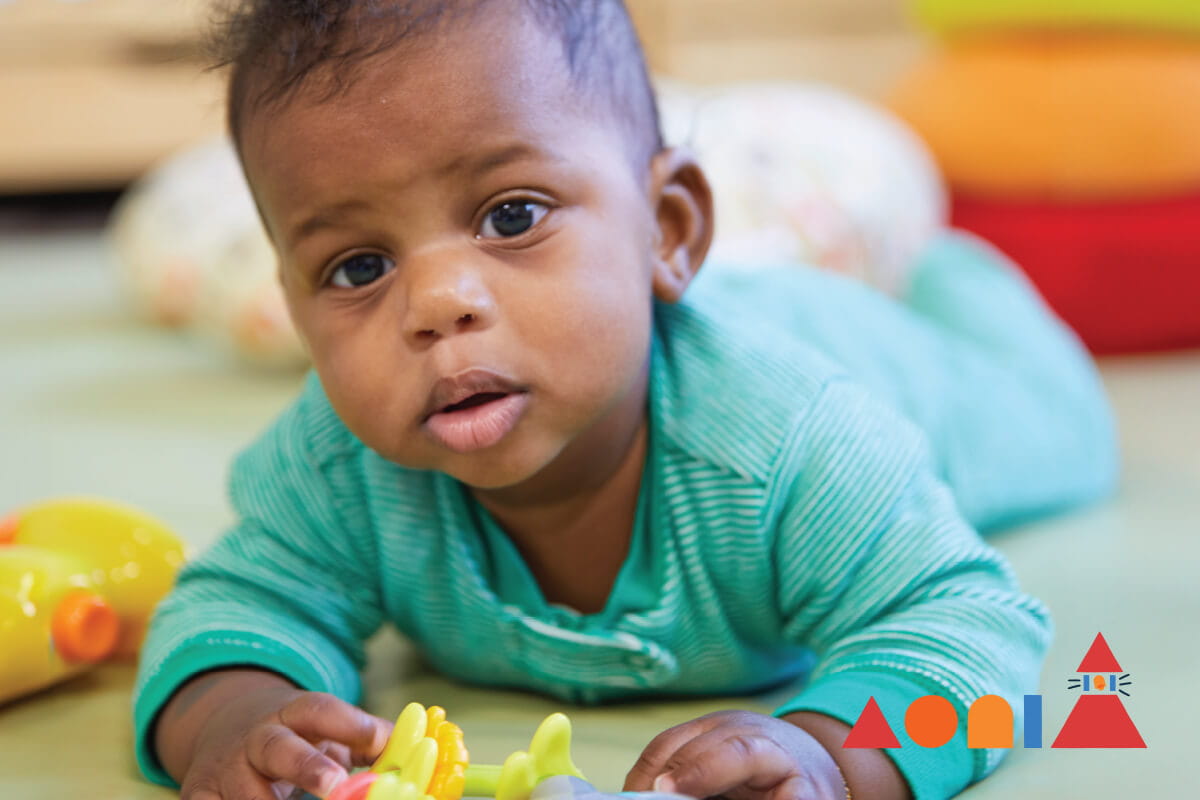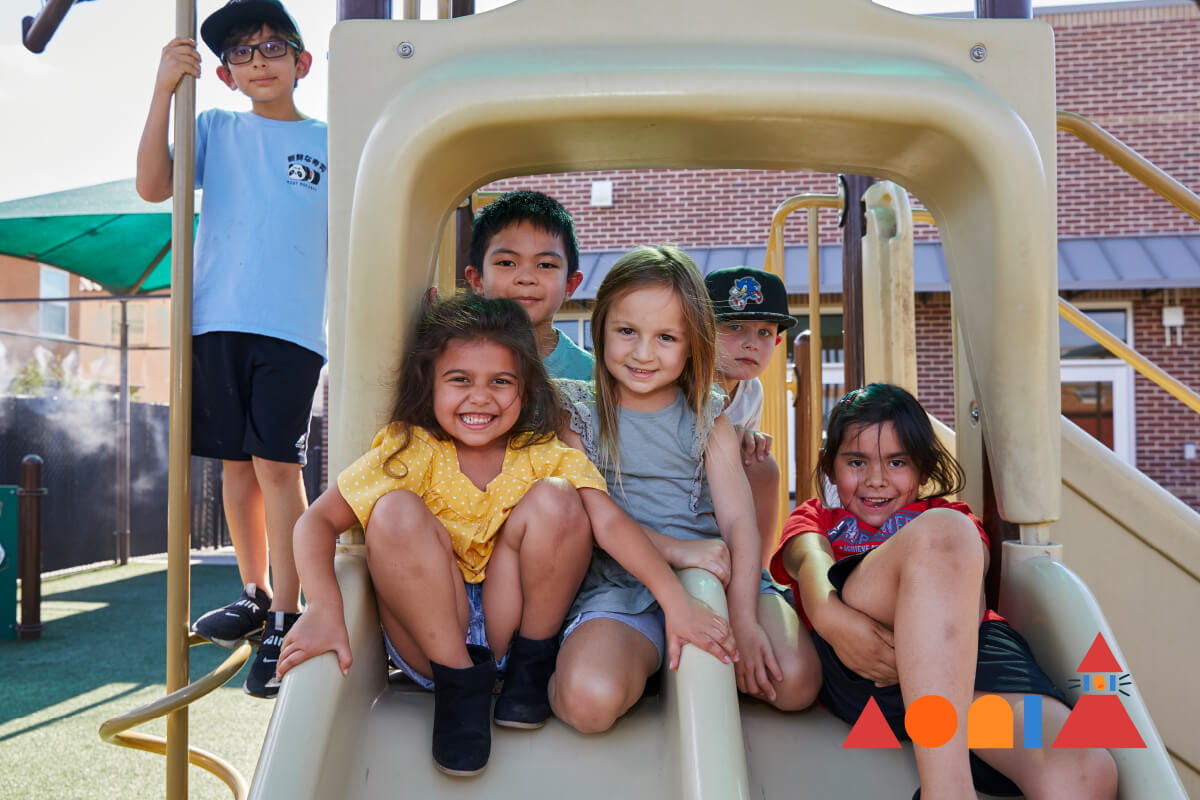Infant Sleep in Daycare: How KinderCare Successfully Manages Nap Time
7-minute read
Article overview:
Our experienced infant teachers offer insights into common parent concerns and share their tried-and-true techniques for nurturing a safe and sound sleep environment.
- See-through cribs and name tags help our teachers monitor your child’s safety and development.
- We avoid a one-size-fits-all nap schedule, adapting instead to each baby’s unique sleep patterns.
- Signs of sleepiness are cues for teachers to begin individualized soothing routines.
Ah, the struggle for sleep—new parents know it all too well. You’re either trying to get more of it, swapping sleep-deprivation stories with parent pals, or diving into the sea of online advice. And one common question often comes up: How on earth do child care centers get babies to sleep, anyway?
Our infant teachers know just about everything there is to know about getting babies to sleep. They’ve been soothing, cuddling, and holding babies in infant classrooms for over 50 years.
Here are their answers to the infant sleep questions parents ask us the most, along with the soothing techniques that work best to help babies sleep.

Where do babies nap safely during the day?
When it comes to naptime, our policy is simple: babies sleep in cribs, period. And you can breathe easy knowing our expert teachers are trained in the most up-to-date safe sleep guidelines. Every crib is labeled and clutter-free so your little dreamer can snooze on their own schedule. Plus, with the KinderCare App, you can stay connected with regular naptime updates throughout the day.
Curious to learn more about our cribs or Safe Sleep practices? Feel free to call your center or learn more online from the American Academy of Pediatrics.
Why do we use see-thru cribs?
See-through cribs help our infant teachers keep a watchful eye on little ones as they catch some Z’s. They’re always on alert, making sure each baby sleeps safe and sound.
Why does each crib have a name tag?
Step into any of our centers, and you’ll notice something special about each crib—they’re personalized! Every baby has their own crib with their name and adorable picture on display. Plus, name tags are handy for alerting staff about important milestones like whether a baby can roll over yet.
Everyone Belongs In Our Circle
At KinderCare, we’re committed to building warm, welcoming and supportive classrooms for children of all abilities, backgrounds and experiences.
Find a center near youIs anything allowed in the crib?
Nothing! No bibs, no soft toys, no blankets. This might surprise some parents, but it’s all for safety. We don’t want anything in a sleeping environment that could inadvertently get tangled or block a child’s airway. While we do accept pacifiers, we remove them from the crib once they’ve fallen out of the baby’s mouth. You’ll notice that our mattresses are firm, and our sheets have a snug fit.
Why is it important to know whether a baby can roll over?
Babies are safest snoozing on their backs. The problem is that many have a habit of flipping into their belly—before they’ve developed the skills to roll back over. When our expert teachers spy a rollover in progress, they’re quick to gently reposition the baby on their back for the rest of naptime. Once babies become pros at rolling both ways, they’re free to snooze in whatever position they choose.
How do our teachers soothe babies to sleep?
The trick is spotting those early signs of sleepiness, such as eye-rubbing, crying, or fussiness. Every baby is different, and our teachers adapt their soothing methods to each child’s needs. Lullabies and soothing music work wonders. So our teachers often sing to them and gently stroke their cheeks as they drift off to dreamland. Timing is everything; catch that yawn early, or you might miss the sleep train—leading to an overtired and fussy baby who doesn’t want to nap!
What do children wear to sleep in the classroom?
There’s no outfit change at naptime, so we always tell parents to dress their child in comfortable clothes. Onesies or “jeggings” are quite popular and convenient for diaper changes.
What if families have a specific routine they want teachers to follow?
Sleep is a popular conversation topic with families of infants, and we always try to work with their wishes. Sleep routines can shift when a baby starts at a new center, and it usually requires a team effort between the teacher and family to smooth the transition.




